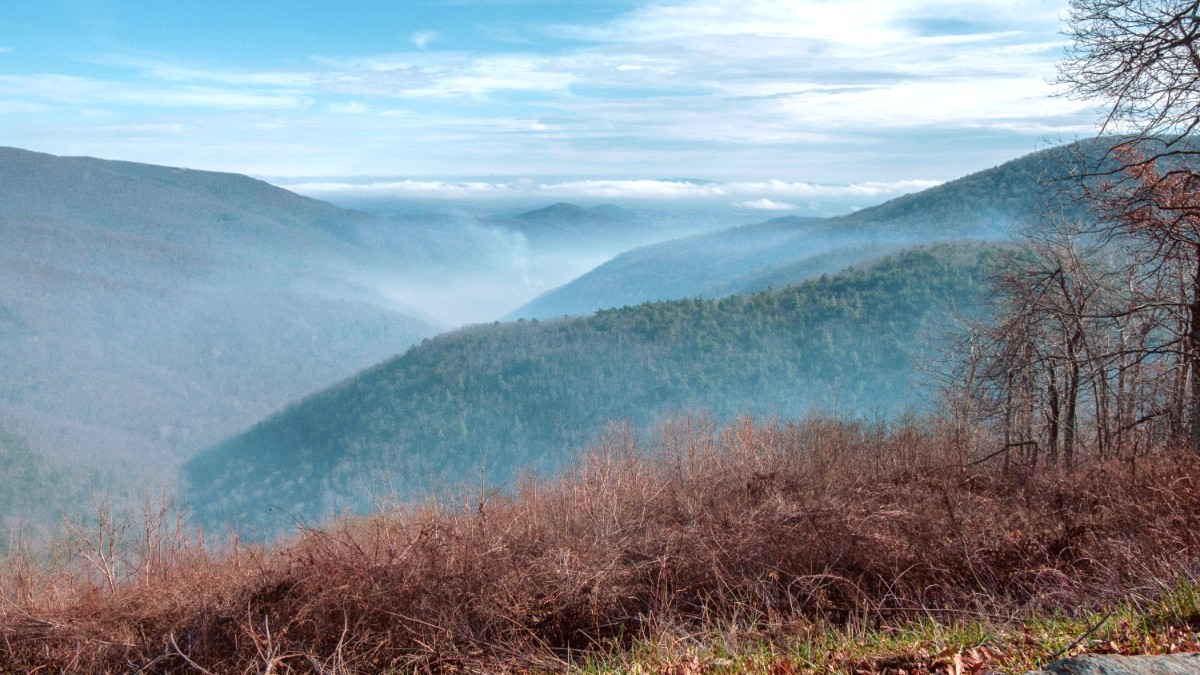
Virginia, USA
Approximately 1.5 to 2 hours drive from the northern end of the Shenandoah Valley (Front Royal entrance). Drive via I-66. Public transport from valley towns to D.C. Can be lengthy. Driving and parking in D.C. Can be challenging; consider parking at a Metro station outside the city center and taking the Metro in.
The capital of the United States. A day trip to Washington D.C. suits those seeking American history, politics, and culture. It takes an early start and late return to see much. Explore D.C. experiences: GetYourGuide D.C.
Several interesting destinations are easily accessible from the Shenandoah Valley, presenting different types of experiences.
Approximately 45 minutes to 1 hour drive from the central/southern end of Shenandoah National Park (Swift Run Gap entrance). Drive via US-29 or I-64. It a blend of history, architectural beauty, and a sophisticated culinary and wine scene.
Approximately 1 hour drive from Front Royal (northern Shenandoah Valley). Drive via US-340. A historic town at the confluence of the Shenandoah and Potomac rivers. Famous for John Brown's 1859 abolitionist raid, it stunning scenery.
Beyond Shenandoah National Park, the region features more natural escapes, presenting additional opportunities for outdoor recreation and scenic beauty.
The Parkway begins just south of Shenandoah National Park. This continuous scenic drive stretches for 469 miles south through Virginia and North Carolina, with winding roads, numerous overlooks, and hiking trails.
This vast national forest borders parts of the Shenandoah Valley and Shenandoah National Park. It provides extensive areas for hiking, camping, fishing, and scenic drives, often with fewer crowds.
Explore Douthat State Park, known for its mountain lake and trails, or Lake Anna State Park, focused on water recreation. They offer different natural environments.
West of the main Shenandoah Valley, approximately 1.5-2 hours drive from Staunton. One of Virginia's original state parks, known for its beautiful mountain lake and extensive trails.
Approximately 1.5-2 hours drive east of the central Shenandoah Valley. A different natural environment focused on water-based recreation.
The Shenandoah Valley's proximity to other historically and culturally rich areas permits cultural excursions beyond its immediate borders.
Thomas Jefferson's meticulously preserved historic plantation and architectural masterpiece. A UNESCO World Heritage Site, it insights into Jefferson's life, his ideas, and the lives of enslaved people.
An authentic 18th-century tavern located near Monticello. It an unique dining experience with period fare served by costumed interpreters, giving a glimpse into colonial life.
The home of James Madison, the fourth U.S. President and "Father of the Constitution." This National Historic Landmark tours exploring his life, the U.S. Constitution, and the history of slavery.
George Washington's beloved estate along the Potomac River. This historic site tours of the mansion, gardens, and grounds, giving a look at the life of America's first president.
Most cultural sites are open year-round, though hours might vary seasonally. Check official websites for current operating hours and ticket booking.
Many popular historical sites allow or encourage online ticket purchases, saving time at arrival.
Consider joining guided tours for insights into the history and significance of the sites.
Wear comfortable shoes, as many historical sites involve walking on uneven terrain or large grounds.
For visitors with more time, the Shenandoah Valley a gateway to longer regional explorations. Combine your valley trip with other nearby destinations for a more extensive journey.
Explore Virginia's extensive wine regions. Focus on the Monticello Wine Trail around Charlottesville or the Loudoun County Wine Trail near Washington D.C.
Devote additional days to exploring Civil War battlefields and museums. Sites include Manassas National Battlefield Park and Fredericksburg & Spotsylvania National Military Park.
For experienced hikers, add days for an overnight or multi-night backpacking trip on a section of the Appalachian Trail.
Start in Washington D.C., explore Northern Virginia, then head to the Shenandoah Valley. Continue south to Charlottesville, then east to Richmond, and finally to Coastal Virginia before returning to D.C.
Combine the Shenandoah Valley with further exploration south along the Blue Ridge Parkway into North Carolina (Asheville, Great Smoky Mountains National Park) or west into West Virginia for more rugged mountain adventures.
After the Shenandoah Valley, drive to Williamsburg, Jamestown, and Yorktown for a deep dive into colonial and Revolutionary War history. This region an unique blend of historical sites and family attractions.